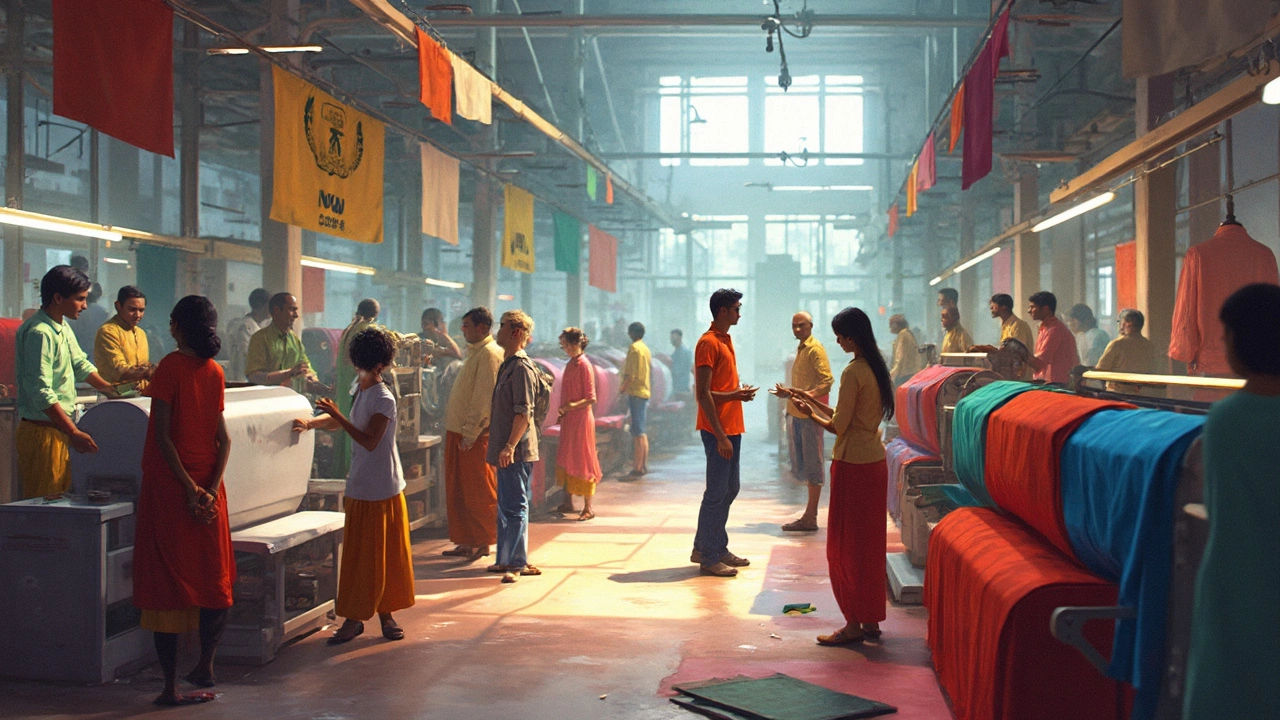Textile Manufacturing
When exploring textile manufacturing, the process of turning raw fibers into finished fabrics and garments. Also known as fabric production, it involves steps like spinning, weaving, knitting, and finishing. Closely linked is cotton processing, which prepares natural fibers for yarn, and synthetic fibers, man‑made materials that expand design options.
Why Textile Manufacturing Matters Today
Textile manufacturing encompasses fabric production from raw material to final product, so a change in one step ripples through the whole chain. It requires supply chain coordination between farms, fiber converters, dye houses, and apparel makers. In turn, synthetic fibers influence textile manufacturing by offering lighter, stronger, and more versatile fabrics. These relationships create a dynamic ecosystem where technology, material science and logistics intersect.
India’s textile sector is booming thanks to a large labor pool, government incentives, and growing global demand. Companies are adopting automation in spinning and weaving, which boosts output while cutting waste. At the same time, sustainable practices like water‑less dyeing and recycled polyester are gaining traction, reshaping the industry’s environmental footprint.
From a business perspective, three trends dominate the conversation. First, digital twins and AI‑driven forecasting improve inventory accuracy and reduce overproduction. Second, modular factories allow quick re‑tooling for fast‑fashion cycles. Third, traceability platforms let brands prove ethical sourcing, a factor increasingly demanded by consumers worldwide.
All these elements—raw material choices, tech adoption, sustainability goals, and market pressures—form the backbone of modern textile manufacturing. Below you’ll find a curated mix of articles that dive deeper into product ideation, market validation, industry rankings, and practical guides that can help you navigate this fast‑moving sector. Let’s jump in and see how each piece adds to the bigger picture.
